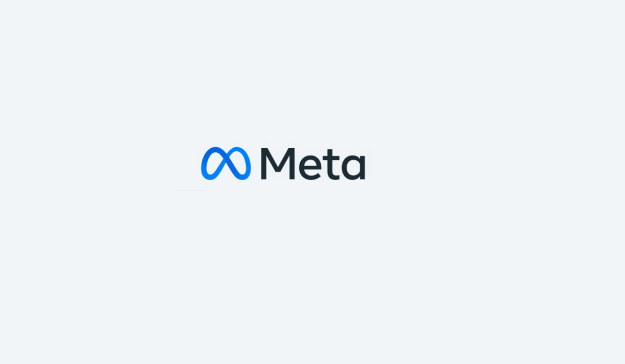Social Media
Political Content is on the Decline on Facebook, According to the Latest ‘Widely Viewed Content Report’
- By Brett Belau
23 Nov

This was… unexpected,
Today, Meta has released its latest Widely Viewed Content Report for Facebook, covering Q3 2022, which, for the first time, isn’t riddled with data gaps due to some of the most popular posts in the app later being removed by Meta for violating its platform rules.
Which is pretty much the opposite of the intended purpose of this report.
Meta originally came up with its Widely Viewed Content Report, which shows the most viewed posts and links in the app, as a means to counter the narrative that its algorithms help to amplify right-wing and extremist content – though thus far, it hasn’t really succeeded in showing that this isn’t the case, necessarily.
But this time around, in combination with Meta’s effort to reduce political content in people’s Facebook feeds, the most shared and viewed content lists do look a little different, with much less political-related material in the mix.
So what are people on Facebook checking out?
In essence, it’s a mixed bag of supermarket tabloid rubbish: a teacher fired for dancing on TikTok, pictures of women who peaked in high school, Drake taking photos of a random lady in a restaurant, Madonna’s son as a fashion icon, Brad Pitt’s daughter attending college, renewed fan theories about 1998 film ‘The Parent Trap’, vaginal tattoos, the Royals – again, the exact type of stuff you see on the front pages of those magazines alongside the check-out.
Which is not surprising, given that Facebook is now predominantly used by older people, as younger audiences switch to TikTok instead. It seems that these types of stories resonate more with older audiences, salacious gossip, and relatable celebrity tales, that make people feel more connected to the stars.
Also, a story about putting peanuts in Coca-Cola:
“Let the peanuts marinate in the Coke for a bit and you’ve got yourself a sweet, savory drink with a nice little snack at the end.”
Yeah, no thanks.
Again, I’m not sure that the Widely Viewed Content report really reflects what Meta had initially intended, though this latest listing does go some way towards suggesting that politics is not as dominant in the app as it once was, based on its previous updates.
But then again, what it does show is that Facebook is loaded with junk, with these top 20 links alone reaching more than 200 million people through that app in Q3. Meta has also gone to effort to reduce the amount of spammy, ‘regrettable’ engagement bait in the app, with previous lists also showing that scams were prevalent in its most-shared links. Those types of URLs are also not present here – so while it is junk, at least it’s not harmful rubbish, in a political or social sense.
What does that suggest to content marketers and those looking to maximize their Facebook reach?
Probably not much, unless you can find some angle for your promotions that relates to similar tabloid-style trends and celebrity gossip.
In terms of the most viewed domains from Facebook referrals in Q3, YouTube remained at the top of the list:

Those top domains don’t really provide enough context for this to be of value, as people could be watching anything on YouTube, while the second relates to shared GIFs, followed by fundraisers, TikTok and Amazon.
Without the added insight of what, specifically, people are looking at on each, this list isn’t much help – though I guess the point, from Meta’s perspective, is that Fox News and related sites are not as dominant as some past reports have suggested.
There’s also this:

A total of 15.2% of the posts displayed in people’s Facebook feeds came via Meta’s automated Feed recommendations, which show people content from sources that they’re not following, but may be interested in.
Meta CEO Mark Zuckerberg has previously noted that this will increase over time, with more and more content being shown to users based on AI recommendations, not on their own social graph or explicit, manually selected follows.
That could be a good thing, and could help Facebook drive more engagement, or it could push people away, as they’re confronted with more random stuff in the app.
Either way, right now, it’s already a significant element – though whether that’s getting more people to spend more time on Facebook, we don’t know as yet.
Overall, the key takeaway from this latest Widely Viewed Content report is that political content does appear to be less of a focus for Facebook users – or at least, it’s getting less reach. It’s being replaced by celebrity gossip and junk, but still, that’s better than political polarization via the Facebook feed.
Also, AI recommendations are on the rise, and it’ll be interesting to see how much this increases in the Q2 Widely Viewed Content update.
You can check out Facebook’s Widely Viewed Content Report for Q3 2022 here.
Source: www.socialmediatoday.com, originally published on 2022-11-22 18:23:29
Connect with B2 Web Studios
Get B2 news, tips and the latest trends on web, mobile and digital marketing
- Appleton/Green Bay (HQ): (920) 358-0305
- Las Vegas, NV (Satellite): (702) 659-7809
- Email Us: [email protected]

© Copyright 2002 – 2022 B2 Web Studios, a division of B2 Computing LLC. All rights reserved. All logos trademarks of their respective owners. Privacy Policy

![How to Successfully Use Social Media: A Small Business Guide for Beginners [Infographic]](https://b2webstudios.com/storage/2023/02/How-to-Successfully-Use-Social-Media-A-Small-Business-Guide-85x70.jpg)



![How to Successfully Use Social Media: A Small Business Guide for Beginners [Infographic]](https://b2webstudios.com/storage/2023/02/How-to-Successfully-Use-Social-Media-A-Small-Business-Guide-300x169.jpg)


Recent Comments